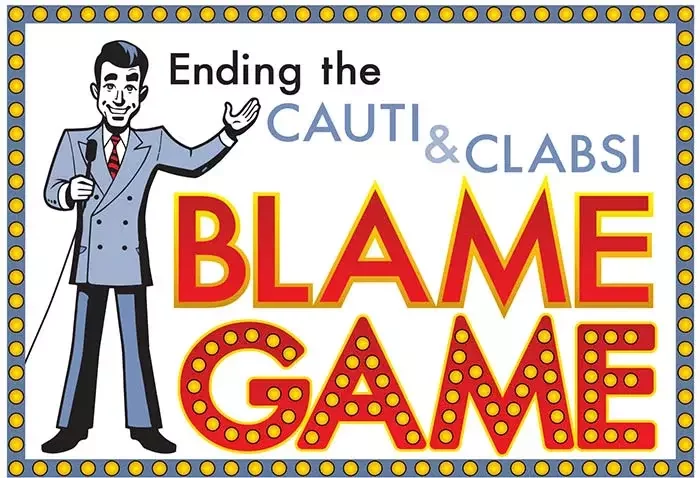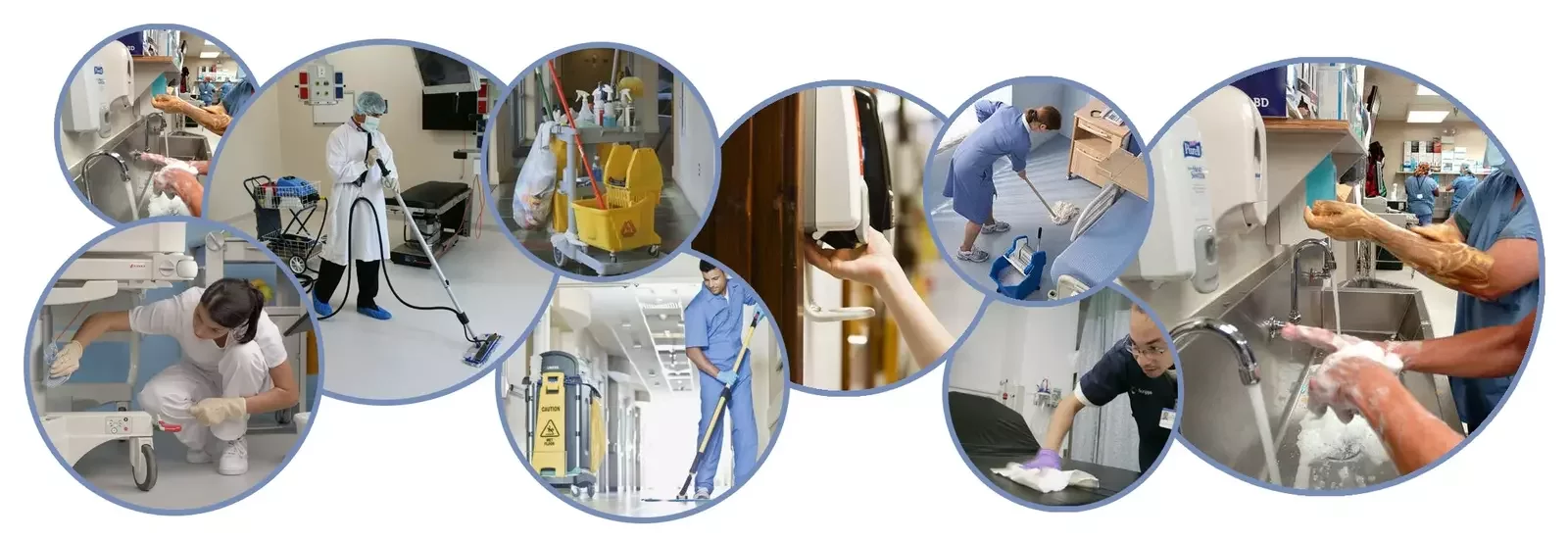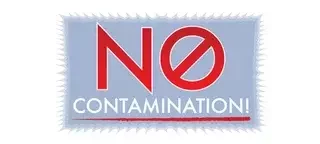
As professionals in healthcare, we are taught and trained to heal, not harm. But when poor patient outcomes occur, who is to blame? The short answer is “everyone.” Whether you’re a front-line nurse, a department manager, the Director of Quality, or the CEO, YOU are to blame when your hospital fails the patient.
At this point, you may be asking “How am I to blame? I wasn’t the caregiver on the floor who made the error or mistake!” The truth is that it doesn’t matter – blame takes many forms and equally touches everyone in the hospital setting, no matter what their role may be.

Certain infections, such as CAUTI and CLABSI that are acquired in the hospital setting, have become so commonplace that they are now considered to be a routine complication of care, so much so that in the last several years, CMS, TJC and many other regulatory and patient safety bodies have put into place best practices and infection prevention guidelines for healthcare staff to follow. But have these processes and recommendations actually improved the overall occurrence of infection? Perhaps they have. At least that’s what the multitude of journal articles and newsletters lead us to believe.

Many of the professional articles that we have time to read (or at least skim through) give us the facts and the figures of healthcare associated infections (HAIs), then provide suggestions for implementing a “perfect world process” within our facilities. Everyone working in healthcare knows that their time is strictly limited and that implementation and maintenance of a multidisciplinary, large scale project is difficult to accomplish, at best.
Could the solution be as simple as a checklist? Of course! Checklists help staff ensure that they remember to take all necessary steps and precautions when performing rote tasks, such as indwelling catheter insertion and they also make clear the required and expected steps in complex processes such as inserting central and peripheral intravenous lines, thereby reinforcing adherence to established protocols. They also provide a sense of confidence to the staff that know that they are providing not only appropriate, but safe care to their patients.
Checklists are simple and proactive tools that can be used by anyone within the organization that will provide real-time data that pinpoints straight to the area/s where performance improvement is needed the most. In addition, routine use of the checklists will help show if implemented initiatives are successful or require redesign. Used wisely, they can help an organization transition from the endless “blame game” resulting from poor outcomes towards a culture of accountability and overall improvement in patient safety and the quality of care provided.

Isn’t it time to stop pointing fingers and take action? Download and take a look at the CLABSI and CAUTI checklists that Readiness Rounds offers. Built using CDC and TJC guidelines, as well as APIC, SHEA, and IDSA prevention strategies, these checklists may be just the solution your organization is looking for!
